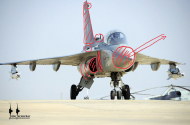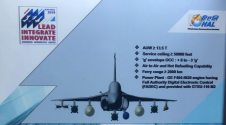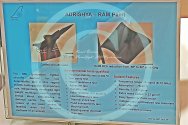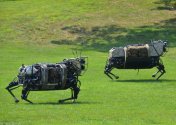It's not only a very small fighter jet but also hasVertical stabilizer isn't that important for direct frontal RCS.
Overall claim that Tejas may be quite sneaky for a non-stealth a/c may very well be close to truth - it's really very small, and it was designed after RCS design long stopped being a special knowledge for premier a/c design houses.
1. Wing blending with the body
2. Y Intake
3. Canopy coated with a thin film transparent conductor of Indium Tin Oxide.
4. 90% Carbon composite body surface area
5. RAM Coating
All these features significantly reduce the overall RCS (The publicly available figure is of 0.5 meter square for MK1 block) moreover HAL , DRDO and ADA are fine tuning these features to further reduce RCS




